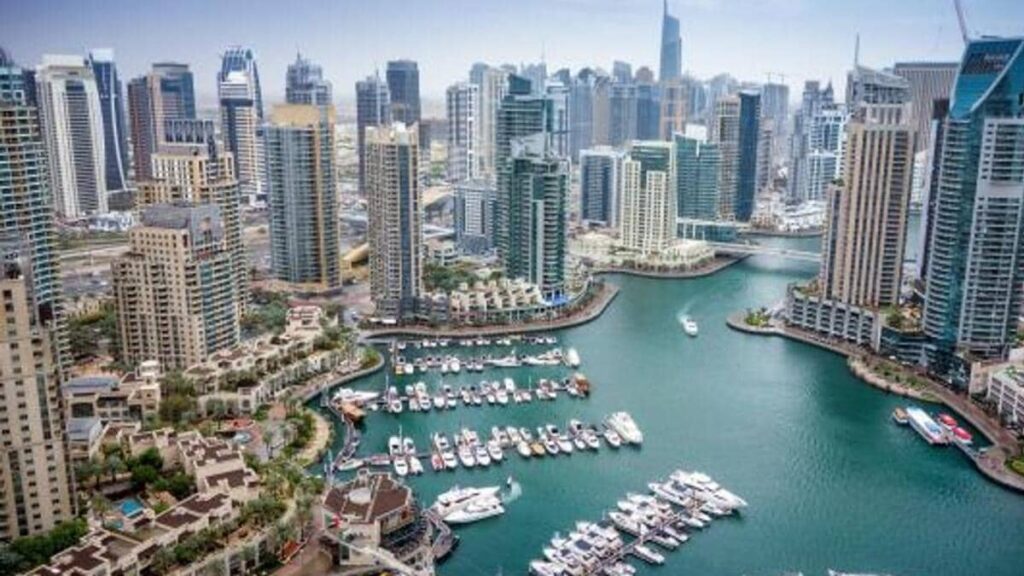With occupancy rates in Dubai’s rental housing now at a 5-year high, the property sector has seen double-digit rental rises this year. The only way to address this spike, which is being caused by an increase in the city’s population, is to increase the number of newly constructed residences available for rent.
Look at these numbers: According to the most recent market report from Betterhomes, apartment rentals in three of Dubai’s most well-known neighbourhoods with both new and existing residents — Dubai Marina, Business Bay, Downtown Dubai, and JLT — were up 18, 11, and 14% at the end of September compared to a year earlier. In Dubai Hills, the average rental price rise from September 2017 to September 2018 was over 30%.
The same kind of rental gains is also occurring in other, more affordable areas of the city.
“The recent large migration of ex-pats and their families to the UAE continues to impact average rental prices,” said the Betterhomes report. “GEMS Education announced in September that intake in their schools was up 7 per cent year-on-year, which is a great indication of the number of new families now calling Dubai home.
“The average leasing price of townhouses rose by 35 per cent, and apartments also saw a surge in average rental of 36 per cent year-on-year.”
Will it be more rent increases?
Looks like that, as the number of new property listings is nowhere near where demand levels currently are at. “Handover of new inventory has struggled to keep up, and the supply of rental property in older residential communities has been further constrained by end-user purchasers and a higher rate of tenancy renewals,” said Richard Waind, Group Managing Director at Betterhomes. “While I expect demand to continue to outstrip supply over the next period, we did see some improvements in the rental supply during September, with new villa rental listings up 21 per cent and apartments up 32 per cent from this year’s monthly averages.”
However, industry sources claim that due to the way demand has been growing, it is taking less time for new listings to find a tenant.
Renew the lease
Waind’s comment regarding more frequent tenancy renewals is an example of how tenants are attempting to avoid rental price increases. Or, at the very least, enrol in something more affordable.
More tenants are realising that their best chance to pay a lower rental is to agree to the demand of their current landlord rather than try their luck with a new one. “Chances are that a newer property could come with a rental demand higher by 10-15 per cent than the renewal rate,” said an estate agent. “That window of opportunity when a relocation to a new home meant a lower rate has long been shut.”
Even in upscale neighbourhoods like Dubai Creek Harbour and the quickly developing Emaar Beachfront, rentals are high. According to Waind, indicative rents in Emaar Beachfront range from Dh185,000 to Dh350,000, while Creek Harbour is listed at Dh85,000 to Dh182,000. As previously stated, Dubai South continues to offer the more inexpensive options, with apartments there costing an average of roughly Dh36,000 (up from Dh31,000 a year ago), while a villa there would cost Dh138,400 (against Dh106,917).
Rent-to-own
Given how rents are rising, more tenants might be encouraged to look at rent-to-own programmes. Some developers and sellers took advantage of this opportunity quickly and provided tenants with such possibilities. Although there is a charge associated with the offer, many prospective purchasers believe it is better to sign up now than wait for the market to change and rents to stabilise.
